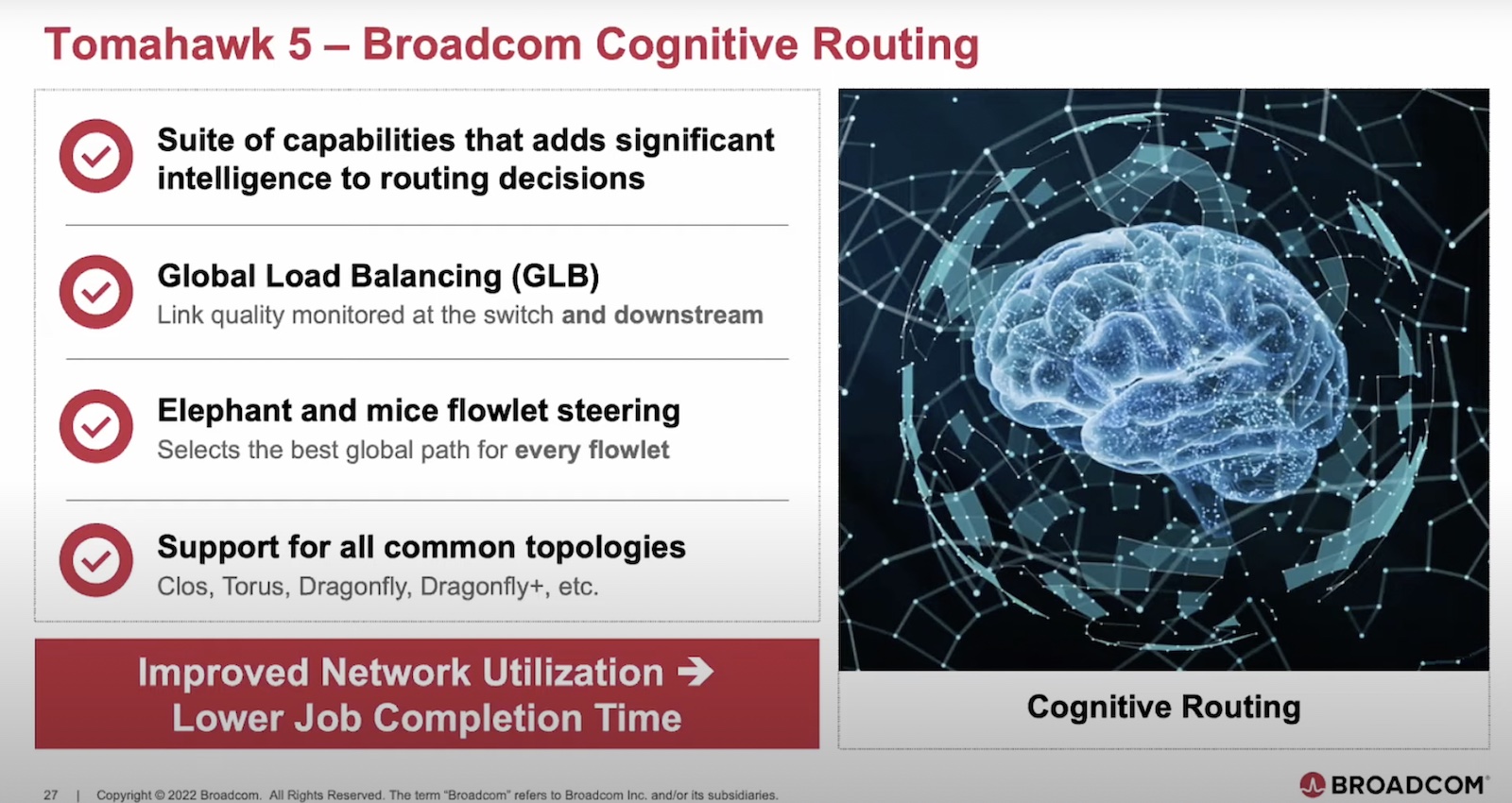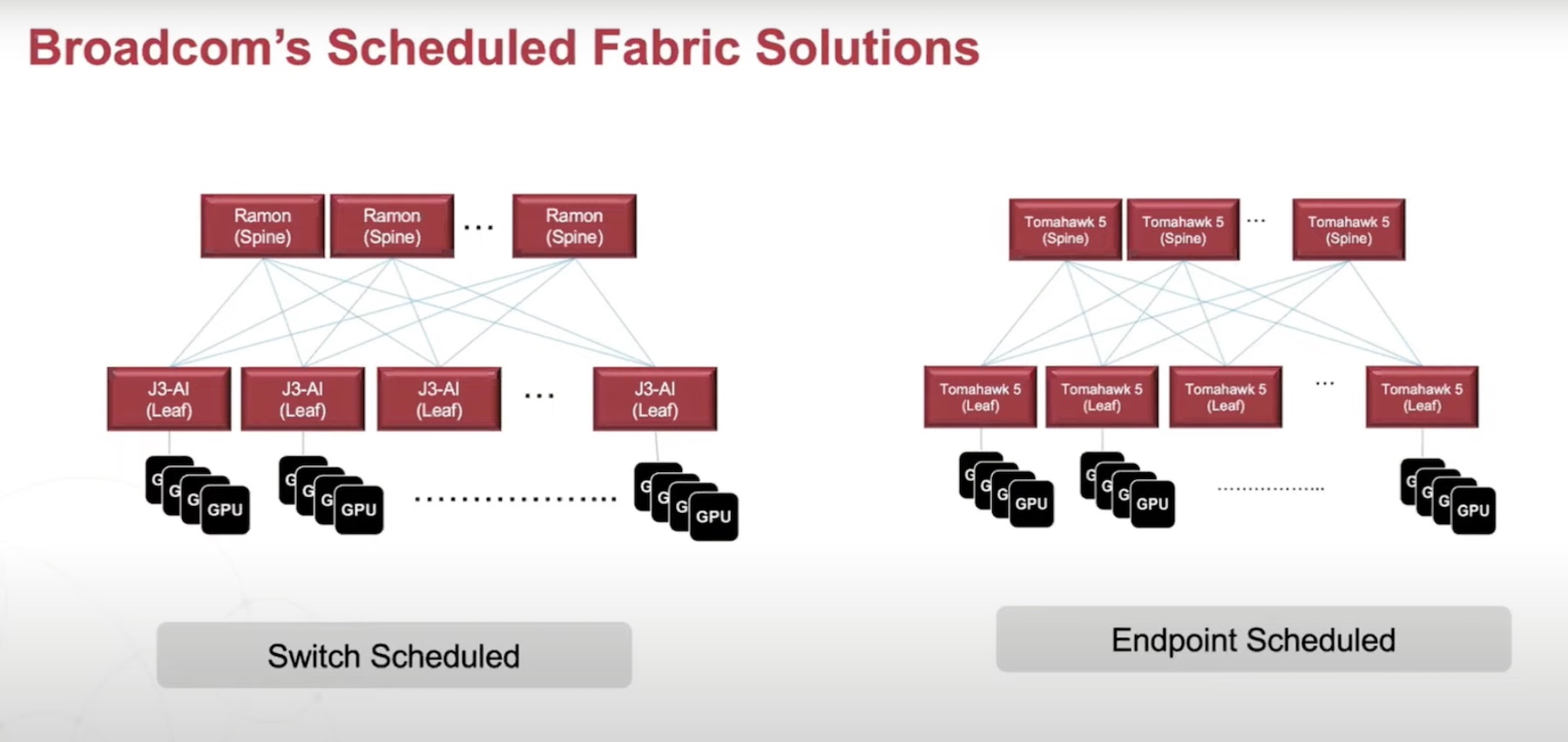Whitebox switching is very ubiquitous in today’s software defined market. We see ODMs like Accton, Celestica, and even Broadcom vying for marketshare with enterprises, hyperscale computing, and even service providers. While there has been a ton of innovation put into the hardware, the software has moved along more slowly.
This slow software innovation comes in part from the dominance of the major networking vendors like Cisco, Juniper,and Arista. Each of these three large vendors have a vertically integrated line of switches. You buy their hardware and run their operating system and they have you locked in place for the whole experience. You don’t have a choice if you want your devices supported. Which there has been a move in recent month to disaggregate and decouple the hardware and software, the default state for these Big Three vendors is an integrated approach.
Cumulus Networks has targeted disaggregation in the enterprise and built a feature set that most enterprises want to see. That’s great if you have the requirements of an enterprise. But for service providers and hyperscale companies running in the cloud the attractiveness of Cumulus is lessened. Do you go with something that doesn’t fit your needs? Do you go with the Big Three and pay more? Or do you do something different?
Introducing Arrcus and ArcOS
Launching out of stealth today is Arrcus. I was fortunate enough to talk to CEO Devesh Garg last week and get a sneak peak at what Arrcus is doing to help the disaggregation of hardware and software. Devesh and CTO Keyur Patel walked me through their thought process behind the creation of their brand new network operating system, ArcOS.
ArcOS is built from the ground up to be a modern network operating system (NOS). The engineering pedigree at Arrcus includes the best and brightest minds from Cisco, Juniper, Huawei, Ericsson, and may others. This engineering talent took a look at all the pieces in NOSes like IOS, NX-OS, and more and decided that the majority of it wasn’t needed for a modern, software-defined world. Instead, Arrcus has focused on bringing some great innovations to modern data centers. These include things like YANG and OpenConfig APIs, model-driven telemetry, and standards based RFC support for a wide variety of protocols.
ArcOS strikes me as a big leap forward at layer 3. Whereas most switching OSes are trying to connect the data center east to west. ArcOS looks like they are building into the cloud. They focus on layer 3 connections. Big routing tables. MPLS. The kinds of things that cloud developers need. ArcOS is more than capable of running layer 2 just fine. But in a world where app developers are increasing moving to layer 3 ArcOS looks to be ahead of the curve.
Arrcus is launch ArcOS with full support for Broadcom’s StrataDNX Jericho+ and StrataXGS Trident 3 platforms. These recent chipsets run at 100GbE and area the standard for organizations wanting to build fast connectivity between servers and data centers. ArcOS allows you to connect to the next rack just as easily as the next data center.
Arrcus is targeting a few major use cases in their launch:
- Spine-Leaf Clos for datacenter workloads
- Internet Peering for CDN providers and ISPs
- Massively Scalable Route-Reflector clusters in physical/container form-factors
The Clos setup looks like a lot of the switching that we’ve seen recently, which shouldn’t be a surprise. The Internet Peering and massive route reflectors show that ArcOS is a tool for service providers as well. It’s custom software that provides performance. That give Arrcus the ability to move into areas that aren’t happy with the performance of other disaggregated operating systems.
The uses cases that Arrcus is targeting with ArcOS are the kind of places that need custom forwarding without the baggage of other decisions. Hyperscalers don’t just want ECMP. They want true resilience. They want a unified control plane that allows them to keep the packets flowing when outages happen and allow them to switch hardware when it’s time to retire old devices and upgrade. ArcOS gives them this capability. The lack of legacy features in ArcOS provides stability for users and this simpler implementation also reduces costs across the organization.
Bringing It All Together
Outside of Cisco, Juniper, and Arista, the majority of innovation has been in hardware. Cumulus has been nibbling away in the enterprise, but the Big Three have owned service providers for a while. It’s that kind of comfort that has led to Arrcus coming out of stealth to play in the space. The talent is there. The market is there for sure, especially with the recent legal battles between Cisco and Arista. The question for Arrcus is whether or not companies are willing to implement new hardware running a custom OS. Arrcus has some units in field trials and will no doubt be sharing the results of their success in the future. For now, Arrcus is ready to take the fight to the Big Three and win some market share.
For more information about Arrcus and ArcOS, be sure to check out their website at https://www.arrcus.com and follow them on Twitter as @ArrcusINC.




